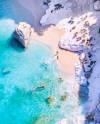There is so much majesty in our world to experience and seemingly so little time: and yet the time we have varies drastically from place to place, from continent to country, and even state to state. We once believed that good health and longevity, being able to live into the 100s, depended solely on good genetics. However, continued research dictates that many individuals have the ability to achieve longevity and health through conscious lifestyle choices. Have you ever wondered what exactly makes such a critical difference? When articles pop up about the “secrets to long life” from centenarians in places like Greece and Japan, are there ever any carry-overs consistent through all cases, or an explicit formula to maximize health, happiness, and longevity?
The longest-living people on Earth have many lessons to teach us through their lifestyles. Observing and researching the populations of five distinct regions in which people live the healthiest and longest lives on Earth, National Geographic Fellow and New York Times bestselling author Dan Buettner wrote a cover story titled, “The Secrets of a Long Life” for National Geographic’s November 2005 issue: a study that began with the realization that Sardinia’s Nuoro province has the highest concentration of male centenarians in the world. Researchers zeroed in on the cluster of villages in the region with the highest longevity, drawing blue concentric circles on a map and referring to areas inside the circle as “Blue Zone.” Buettner then co-opted their research and broadened their scope, applying it to a global range. In order to do so, however, he traveled the globe collecting data, stories, and recipes from each of the five zones. To save you the airfare, we’ll take you there now, chronicling Buettner’s discoveries along the way:
Ikaria, Greece
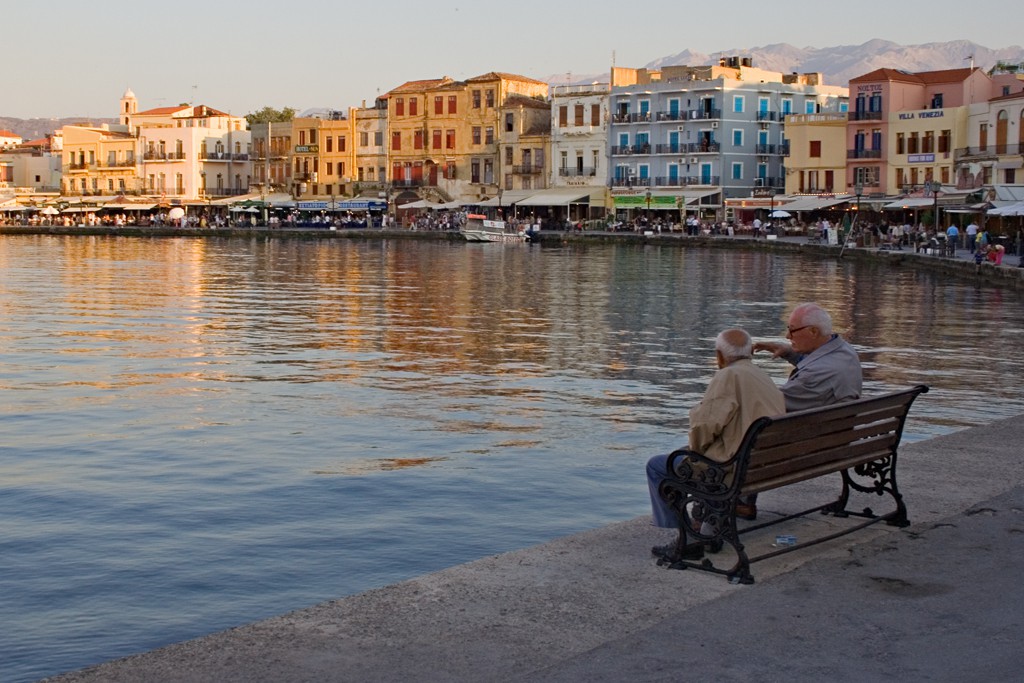
Old friends in Ikaria’s port city. Into old age, Ikarians enjoy strong red wine, late-night domino games and a relaxed pace of life that ignores the passing of time.
Ikaria is a tiny island surrounded by turquoise Aegean waters, a part of Greece named for the mythological figure Icarus, the impetuous boy of legend who washed up on Ikaria’s shores after trying to fly to the sun. While staying on Ikaria, you’ll eat a Mediterranean diet rich in olive oil, fish, whole grains, and homegrown vegetables. The benefits of the Mediterranean diet are well-known, but it certainly is not the only factor contributing to local’s great health. While strolling through town in the afternoon, you might find businesses closed: Ikarians downshift with a midafternoon nap each day. As a result, they experience 20% less cancer, half the rate of heart disease, and almost no dementia.
In addition, Ikarians are typically Greek Orthodox Christians, a religious group that practices intermittent fasting for religious holidays throughout the year. And for it all, people on this tiny Aegean island live 8 years longer than Americans do. Remarkably, the Ikarian dedication to Greek Orthodox and their attendance at services has a positive effect on these peoples’ longevity. One Ikarian you might hear stories of, Stamatis Moraitis, moved to America when he was 22 years old to become a successful painter, bought a house, married, and had 3 kids. At the age of 66 years, he developed terminal lung cancer. Upon his diagnosis, he decided to move back to Ikaria and moved in with his parents, deciding to die in his homeland. In Ikaria, he started breathing the air, drinking the wine, and eating a Mediterranean diet. After a few months, he planted a garden not planning on ever getting to harvest the vegetables; 37 years later he has a vineyard producing 200 L of wine a year. His secret he says? “I just forgot to die.”
Sardinia, Italy
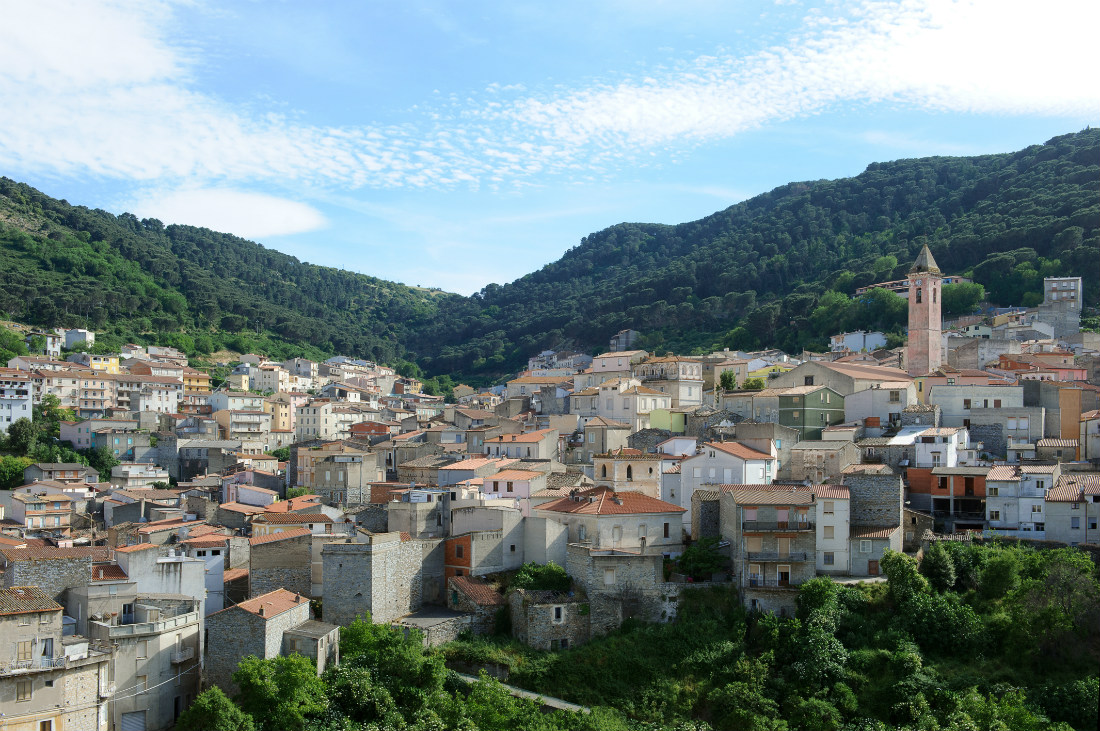
Sardinia’s center is Nuoro, an ancient city referred to as “Atene Sarda” or Sardinian Athens. A cluster of villages in this kidney-shaped region was the first area to be identified as a Blue Zone.
Just off the coast of Italy, Sardinia is home to the world’s longest-lived men, especially in the Ogliastra region. A mountainous region, Sardinia requires travels and its community of shepherds to perform daily cardio. Many Sardinians work on farms, walking 5 sloped miles a day or more. This natural movement strengthens Sardinians’ cardiovascular systems, working muscles and bone metabolism. and drink lots of red wine, one to two glasses a day. While traveling in Sardinia, it is imperative to try the Cannonau wine, made from Grenache grapes, has been shown to have extremely high levels of antioxidants, 2 or 3 times the level of artery-scrubbing flavonoids as other wines. You’ll see that wine is central to life: drinking 1 to 2 glasses per day with friends or food, or both. Furthermore, Stress is an unavoidable part of the human experience, even for those living in Sardinia. But you’ll see that what the Sardinians have that not everyone does are routines to shed stress. To downshift their anxieties, Sardinians never miss their happy hour and relax with their loved ones.
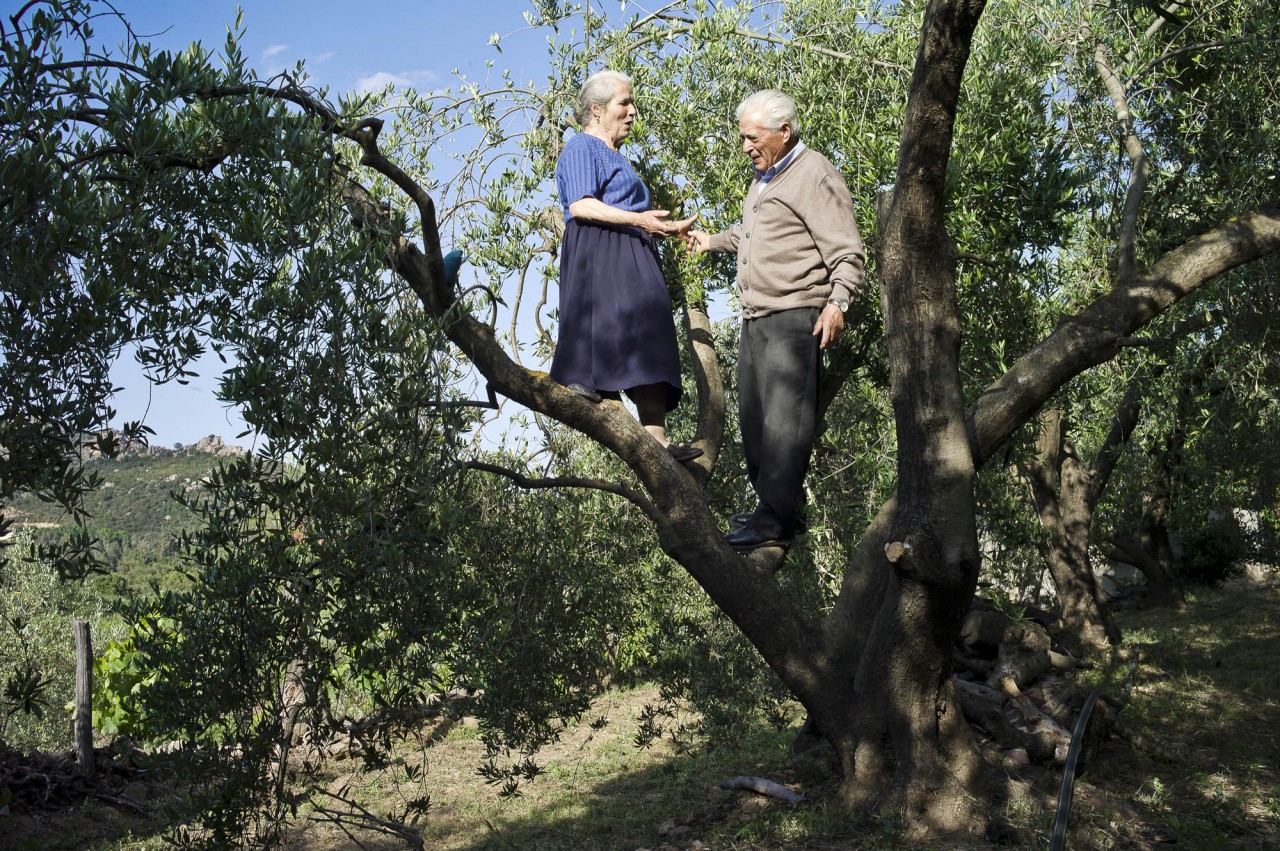

Sardinian elders climbing an olive tree, maintaining great physical mobility. For centuries Sardinians lived in cultural isolation, and as a result have kept to a very traditional, old-world lifestyle.
You’ll see that Sardinians, as with all Italians, have extremely close-knit families. Typically, aging parents and grandparents live nearby or in the home. Individuals here commit to a life partner, and invest heavily in their children with time and love. These young Sardinian children in turn care for their aging parents down the line, and it’s a beautiful cycle.
Okinawa, Japan
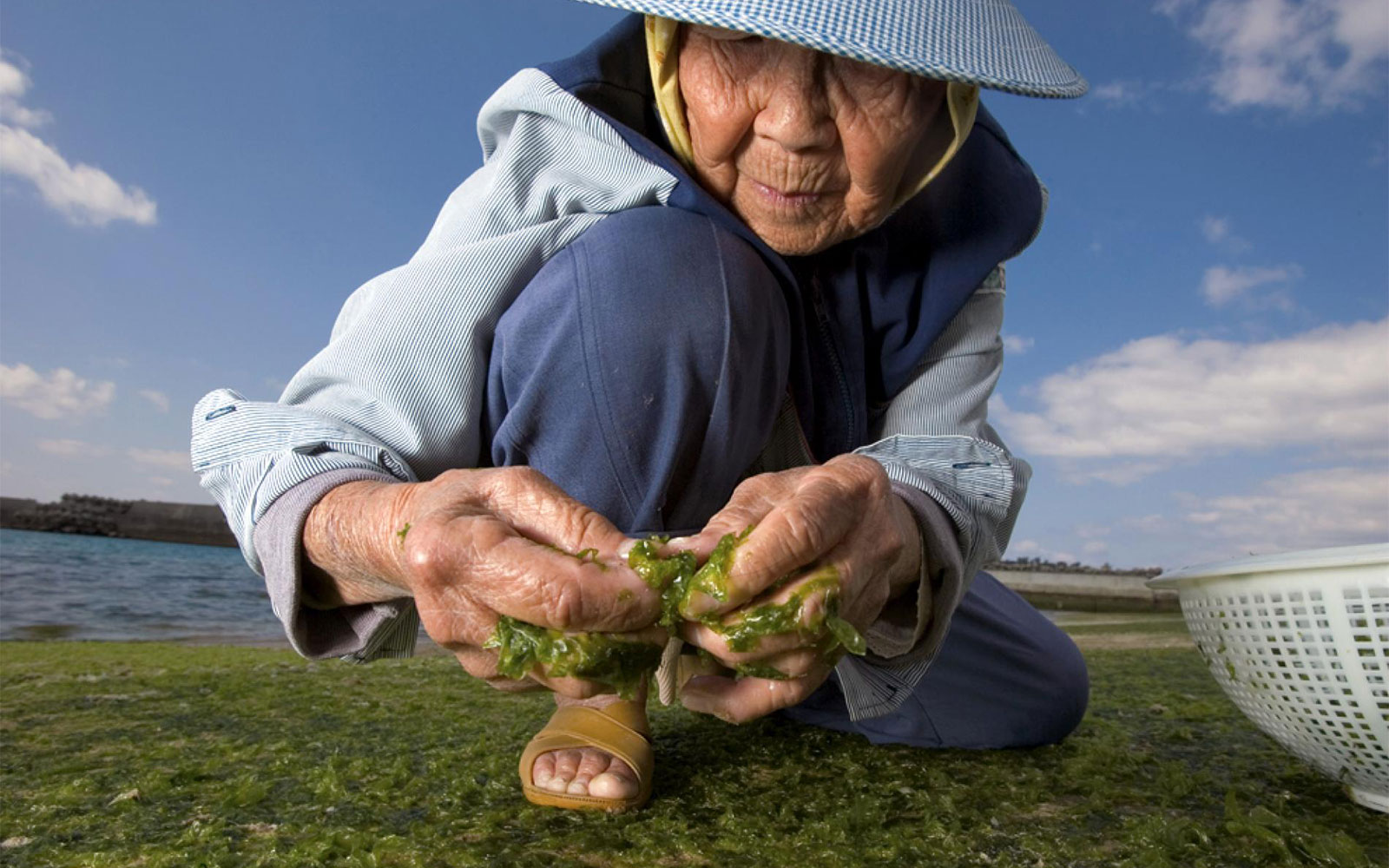
An Okinawan elder tending to their garden, which gives light daily exercise optimal for health. The islands at the southern end of Japan that make up Okinawa have historically been known for longevity, once called the “land of immortals.”
Buettner calls the islands of Okinawa a kind of “Japanese Hawaii” for their laid-back outlook, great beaches and weather. Okinawa also happens to have one of the highest centenarian ratios in the world, especially the world’s oldest women. Traveling to Okinawa, you would eat a lot of soy-based foods and practice tai chi with the locals, a meditative form of exercise. Strolling down the neighborhoods, you’ll see nearly every home has a vibrant garden. Almost all Okinawan seniors grow or once grew a garden, and it serves as a daily source of physical activity with a wide range of motion, stress-reduction, and a near-constant source of fresh vegetables. Sitting down for a traditional Japanese meal, you might here the phrase Hara hachi bu uttered: a 2500-year old Confucian mantra said before meals, that reminds them to stop eating when their stomachs are 80% full. The 20% gap between not being hungry and feeling full is the key to moderating caloric intake.
You would see heartwarming clusters of friendships, called moai. An Okinawan will tell you that these secure social networks are like safety nets, often lending financial and emotional support in times of need and giving their members the stress-shedding security of knowing there is always someone there for them. One specific moai living in Okinawa has been together for 97 years; the average age of the group is 102. They meet every day to drink sake and gossip. If one of them does not show up, the other four walk across the village to check on their friend. Strong investments in relationships like these help Okinawans hold a strong sense of life purpose, which is worth roughly 7 years of additional life expectancy. One Okinawan centenarian beautifully described the feeling of holding her great great great grandchild as “Jumping into heaven.”
Nicoya Peninsula, Costa Rica
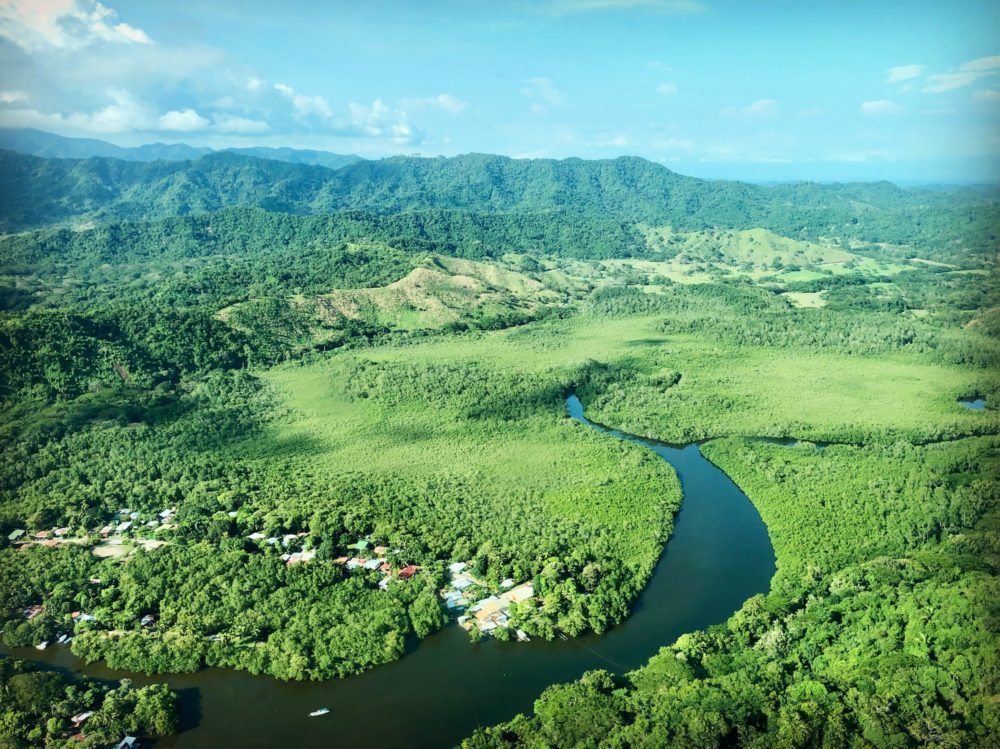
Aerial view of the Nicoya Peninsula of Costa Rica, and its lush forests. Near constant sunshine blesses the peninsula, and the modern Nicoyan’s roots to the indigenous Chorotega and their traditions give its culture a deep history.
Flying over Nicoya, you’ll see the scenic beaches and national parks that make it such a popular tourist area. While staying in Nicoya, you should chow down on the local fare, based around beans and corn tortillas. But some of Nicoyan’s richest sources of good health are in their antioxidant-rich tropical fruit. Most people are already aware of the heart dangers of heavy red meat consumption: as expected the Nicoya diet typically incorporates meat on average only 5 times per month. Serving sizes are 3 to 4 oz, a size smaller than an iPhone. Nicoyan calcium- and magnesium-rich water helps to ward off heart disease and promote strong bones. In Nicoya, you’ll skip on massive dinners: you’ll have a small meal in the late afternoon or early evening, and won’t need to eat for the rest of the day. But the Nicoyan secret weapon to longevity is largely mental: a strong sense of life purpose, faith and family as central to Nicoyan culture.
“Plan de vida,” or reason to live, helps Nicoyan elders maintain a positive outlook and active lifestyle. All of these factors both physical and mental contribute to superb overall health: Nicoyans spend just 15% of what America does on health care and are more than twice as likely than Americans to reach a healthy age of 90 years.
Loma Linda, California

In support of a biblical plant-based diet of grains, fruits, nuts, and vegetables, Adventists cite Genesis 1:29: “And God said, Behold, I have given you every herb bearing seed, which is upon the face of all the earth, and every tree, in which is the fruit of a tree yielding seed; to you it shall be for meat.”
Coming into Loma Linda, California, you’ll be taken aback by the everlasting sunshine and dry, clear climate. Are you surprised to find a Blue Zone in America? We are too! But the residents of Loma Linda are no average Americans. As Seventh-day Adventists, they are a very religious group of people. Taking their diet directly from the Bible they consume a vegetarian diet of leafy greens, nuts, and legumes.“Eating for longevity” as Buettner says, signals towards this diet, heavy in beans, including fava, black, soy, and lentils, as the cornerstone of most centenarian Adventist diets. They recognize the Sabbath and downshift for 24 hours every week. They also shun smoking and drinking, and live in tight-knit communities. This Adventist community makes for very health-focused hosts that are sure to show you through example how to outlive the average American.
In addition, the great climate of Loma Linda, California tends to nudge its inhabitants into moving naturally every day. Many of the Adventists are still very active into their late 90s. You’ll meet Dr. Ellsworth Wareham, 95 years old, who was told that a contractor wanted $6000 to build a privacy fence in his yard. Instead of paying the contractor he decided to do it himself. Marge Jetton, age 105, wakes up every morning at 5:30 am to read the Bible, has a breakfast of slow-cooked oatmeal, nuts, and dates with soy milk and a prune juice shooter. She would ride her stationary bike for 30 minutes and get in her Cadillac and drive to her volunteer jobs for 7 different organizations. You’ll be plenty busy keeping up with the locals of Loma Linda: no matter their age, there’s no slowing down in sight!
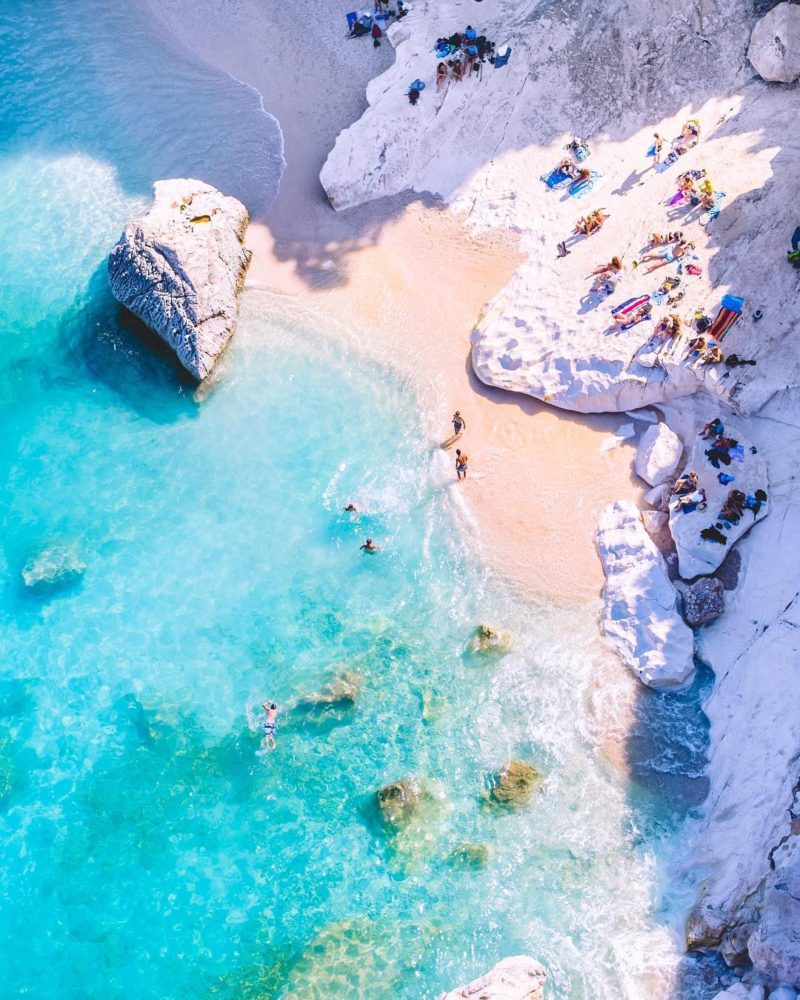
Within the National Park of the Bay of Orosei and Gennargentu is the Cala Goloritzè, a pristine beach and World Heritage of UNESCO.
Our trips to the Blue Zones, meeting various seniors who remain full of life and hearing their stories, show us the common denominators in the secrets to longevity and optimized health. The key is in simplicity, moderation, and developing a lifestyle that intuitively feels good. Living in these beautiful landscapes, with all their varied geography and lush flora naturally improves quality of life. Journeys to the Blue Zones and spending time with its locals will urge you to think deeply about what stimulates you and makes you happy mentally: keeping your family and friends close, having a strong sense of self-identity and self-worth, personal practices that make you feel inspired and at peace. And, of course, enjoying your evening drink. These are lessons we can certainly get behind.













